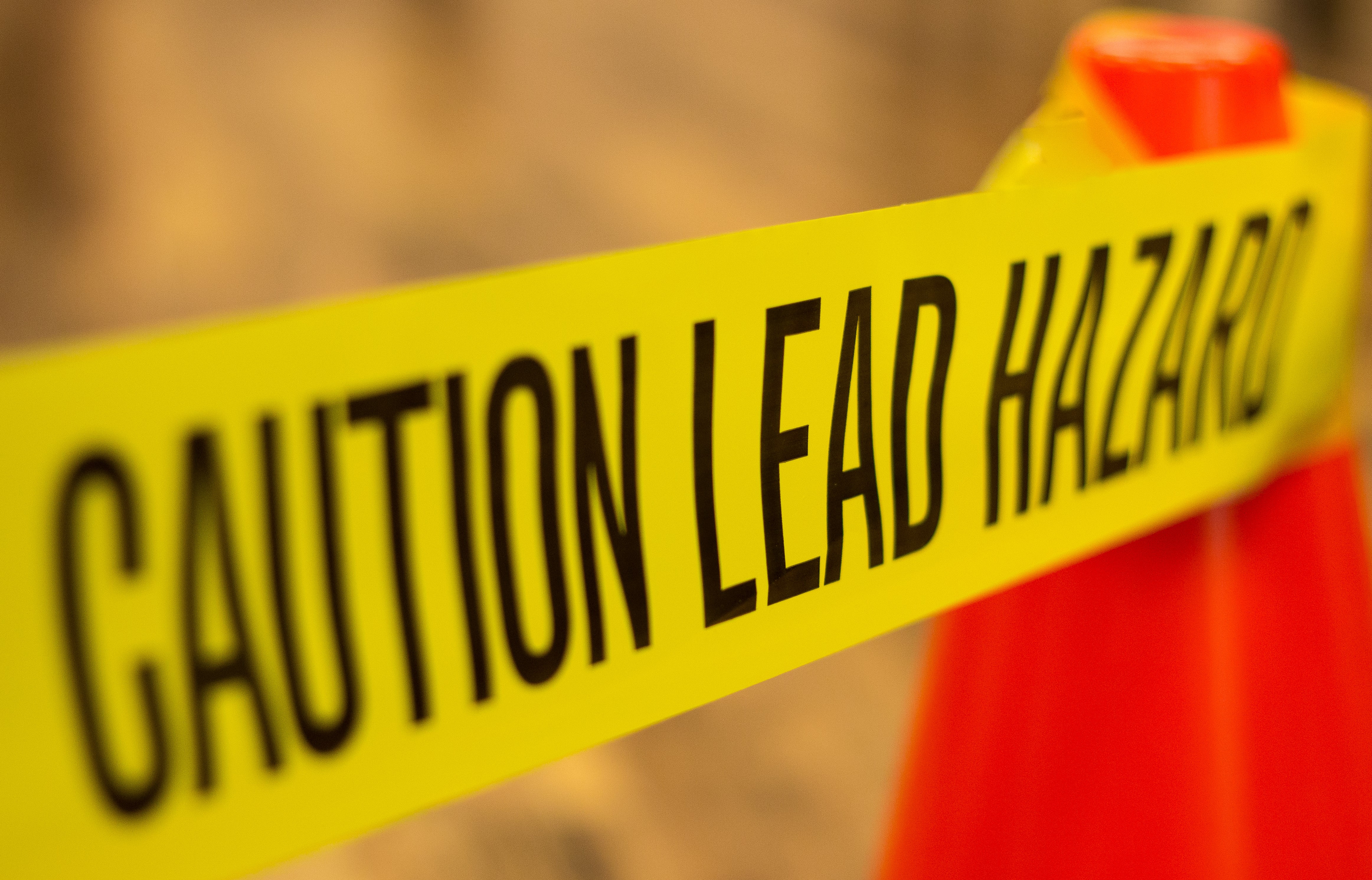
Childhood lead poisoning is considered the most preventable environmental disease among young children, yet approximately half a million U.S. children have blood lead levels above 5 micrograms per deciliter, the reference level at which the CDC recommends public health actions be initiated. The effects of lead exposure cannot be corrected or reversed, and even low levels of lead in blood have been shown to affect IQ, ability to pay attention, and academic achievement. Children under the age of 6 years old are at greatest risk because they are growing rapidly and because they tend to put their hands or other objects, which may be contaminated with lead dust, into their mouths.
Lead in the Home
Lead-based paint and lead contaminated dust are the most hazardous sources of lead for U.S. children. Lead-based paints were banned for use in housing in 1978. All houses built before 1978 are likely to contain some lead-based paint. However, it is the deterioration of this paint that causes a problem. Approximately 24 million housing units have deteriorated leaded paint and elevated levels of lead-contaminated house dust. More than 4 million of these dwellings are homes to one or more young children.
Other Common Sources of Lead & how to Reduce Exposure:
Soil–Prevent children from playing in bare soil; if possible, provide them with sandboxes. Plant grass on areas of bare soil or cover the soil with grass seed, mulch, or wood chips, if possible.
Toy jewelry–Typically found in vending machines, toy jewelry will not cause your child to have a high level of lead in his/her blood. However, small children often put things in their mouth. If you have a small child in your household, make sure the child does not have access to jewelry or other items that may contain lead.
Toys–Toys that have been made in other countries and then imported into the United States or antique toys passed down through generations put children at risk for such exposure. Lead may be used in both the paints and plastics used to make toys. To reduce these risks, the U.S. Consumer Product Safety Commission (CPSC) issues recalls of toys that could potentially expose children to lead.
Water–Lead may be found in some metal water taps, interior water pipes, or pipes connecting a house to the main water pipe in the street. While great efforts have been made to reduce levels of lead in drinking water, older fixtures may still pose a risk. To help reduce risk, drink or cook only with water that comes out of the tap cold.
Additional steps to prevent exposure to lead:
- Make sure your child does not have access to peeling paint or chewable surfaces painted with lead-based paint. If a structure was built prior to 1978, you should assume that the paint has lead (unless tests have shown otherwise).
- If your home is undergoing renovation, create barriers between living/play areas and construction areas. Children and pregnant women should not participate in activities that disturb old paint or in cleaning up paint debris after work is completed. Regularly wash children’s hands and toys. Hands and toys can become contaminated from household dust or exterior soil. Both are known lead sources.
- Regularly wet-mop floors and wet-wipe window components. Because household dust is a major source of lead, you should wet-mop floors and wet-wipe horizontal surfaces every 2-3 weeks.
- Take off shoes when entering the house to prevent bringing lead-contaminated soil in from outside.
If you’re concerned that your child has been exposed to lead, having them tested is easy. The health department offers blood lead testing for children up to age 6. The cost is $25, and Medicaid is accepted.
For more information about lead testing for your child, please contact your local health department office.
For additional information about childhood lead poisoning, please visit:
Questions & Answers about Childhood Lead Poisoning
Centers for Disease Control
